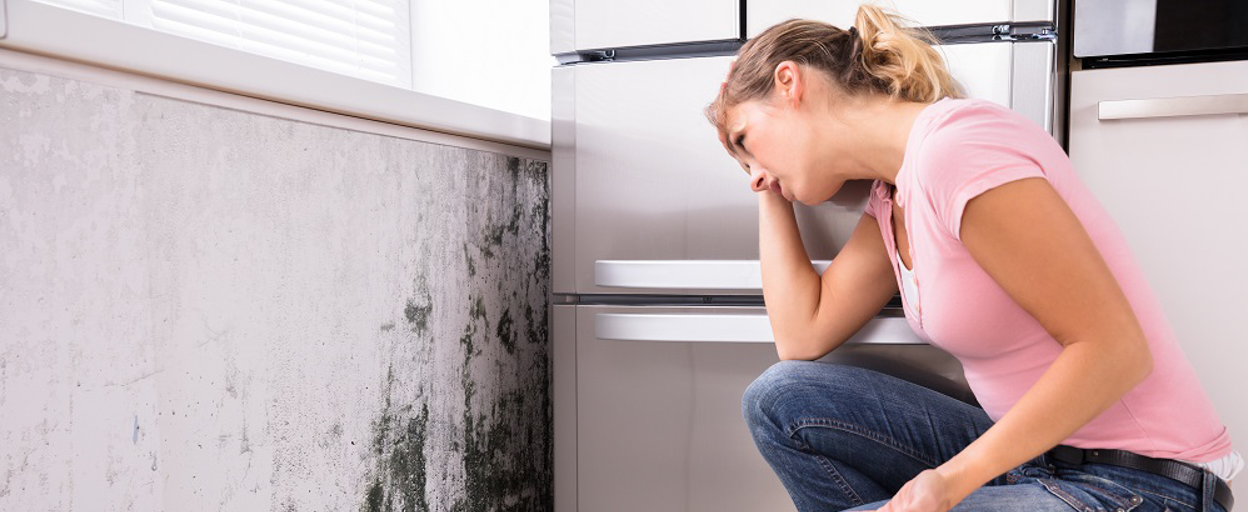- 17 Feb 2025
- 4 min read
- By The REIQ
How to break the mould in rental properties
With parts of Queensland experiencing prolonged wet and humid conditions, mould is a potential problem in rental properties.
Mould is usually easily detectable as stains on walls, ceilings and other surfaces or otherwise by an unpleasant, musty smell.
According to Queensland Health, people with a normal immune system are not likely to be affected by mould. However, some people are allergic to mould and those with asthma, low immunity, lung problems or chronic disease may develop health problems.
When is mould the responsibility of the tenant or property owner?
Under the Residential Tenancies and Rooming Accommodation Act 2008 (Qld) (RTRA Act), a lessor must ensure the premises and inclusions comply with prescribed minimum housing standards [1].
One of the minimum housing standards [2] requires that the premises must be free of vermin, damp and mould. However, as an exception, this requirement does not apply to vermin, damp or mould caused by the tenant, including, for example, caused by a failure of the tenant to use an exhaust fan installed at the premises [3]. This means that the lessor must ensure the premises is free from mould, unless caused by the tenant.
The party responsible for the mould and responsible for the costs of cleaning the mould, will therefore depend on how the mould was caused.
How do you determine the cause of the mould?
In some cases, the cause of mould may be easily identifiable.
If the mould is caused by a structural problem with the property, such as a leaking roof or water damage from leaking pipework, it is the lessor’s responsibility to clean the mould and make any necessary repairs. Properties prone to mould due to factors such as age, environmental issues, location, or the absence of adequate ventilation would see the lessor more likely to be responsible.
If the tenant’s actions or omissions have caused the mould, the tenant would be responsible for cleaning it and paying for any damage caused.
If there is mould present in the property, it is recommended as best practice to obtain a report from a mould specialist. A mould specialist will inspect the premises and confirm the cause of the mould. Obtaining this report will ensure the correct party is identified as responsible for the costs of cleaning the mould and any necessary repairs.
Do you need a mould specialist to clean the premises?
Low level infestations of mould can usually be cleaned using everyday household cleaning agents. A major mould incursion caused by flooding or leaking will require professional mould specialists to clean any damage to the property.
Given the potential health implications associated with mould, the lessor may wish to discuss the best course of action with their insurer and/or seek legal advice.
The RTA has further advice on mould here.
REIQ members with further questions on this topic or others can call the Property Management Support Service on 1300 697 347 or email ask@reiq.com.au. Not a member? Join today.
References
[1] Residential Tenancies and Rooming Accommodation Act 2008, s185
[2] Residential Tenancies and Rooming Accommodation Regulation 2009, Schedule 5A
[3] Residential Tenancies and Rooming Accommodation Regulation 2009, Schedule 5A, Part 1, s4(2)
Read another property management article: Entry and exit condition reports: Spend the time getting them right.
Or browse our suite of articles.
You may also like
View All Articles
View All Articles


Start your Real Estate Career
Need help? 1300 697 347 or contact us




